In 1945, science fiction author Arthur C. Clarke published “Extra-Terrestrial Relays – Can Rocket Stations Give Worldwide Radio Coverage?” in Wireless World magazine. Clarke calculated a special orbit, about 36 000 km above the equator with a period of one sidereal day, in which artificial satellites would appear to hover motionless above Earth. The satellites would be like the tops of tall towers, able to relay wireless communications over the horizon. In 1964, NASA first realized Clarke’s concept with the Syncom 3 satellite, which telecast the 1964 Tokyo Olympiad from Japan to the United States.
Today, over 400 operational satellites occupy geosynchronous or Clarke orbit, peering at Earth from almost a tenth of the way to Luna. And this week for the first time, a servicing spacecraft, Northrop Grumman’s Mission Extension Vehicle-1 (MEV-1), rendezvoused and docked with one of them, Intelsat-901, which was nearly out of station-keeping fuel. The capture mechanism went through the throat of the Intelsat-901’s apogee engine, which was not designed for docking. MEV-1 will use its ion engines to orient the stack and extend Intelsat-901’s operation for another 5 years. MEV-1 will then move Intelsat-901 to a slightly higher graveyard orbit — before rendezvousing and docking with another satellite to extend its lifetime.

One of the “tall towers”, Intelsat-901 hovers above Earth a tenth of the way to Luna in a remarkable photo taken this week by MEV-1 shortly before its historic docking.

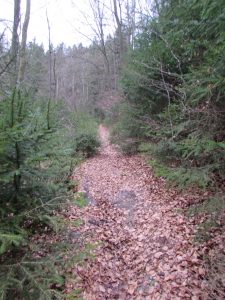
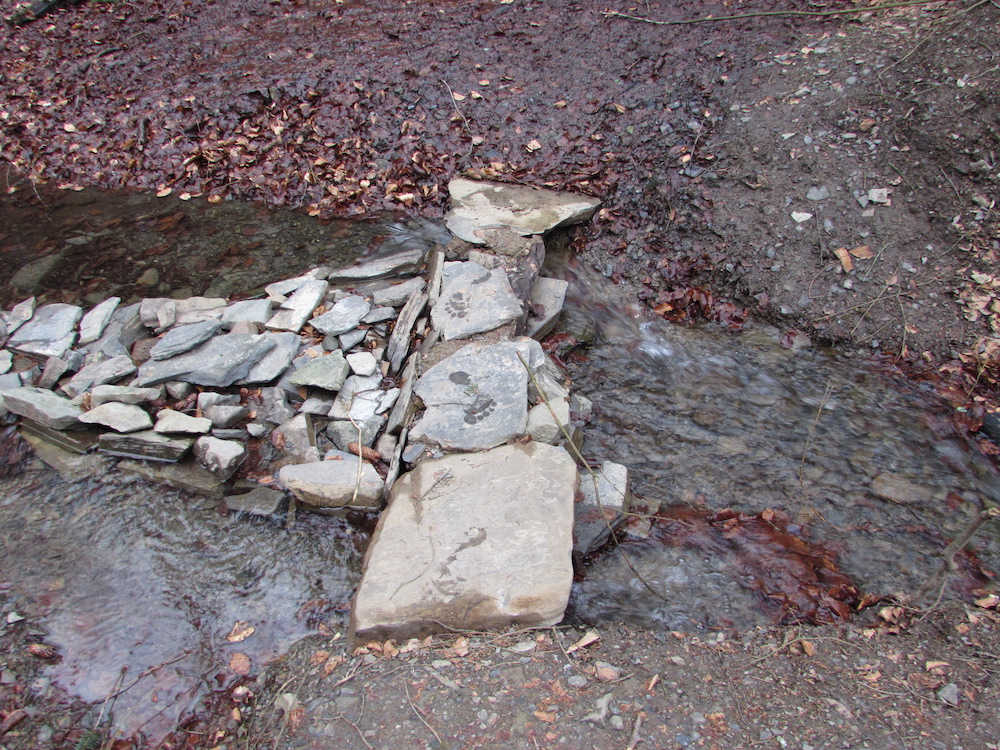
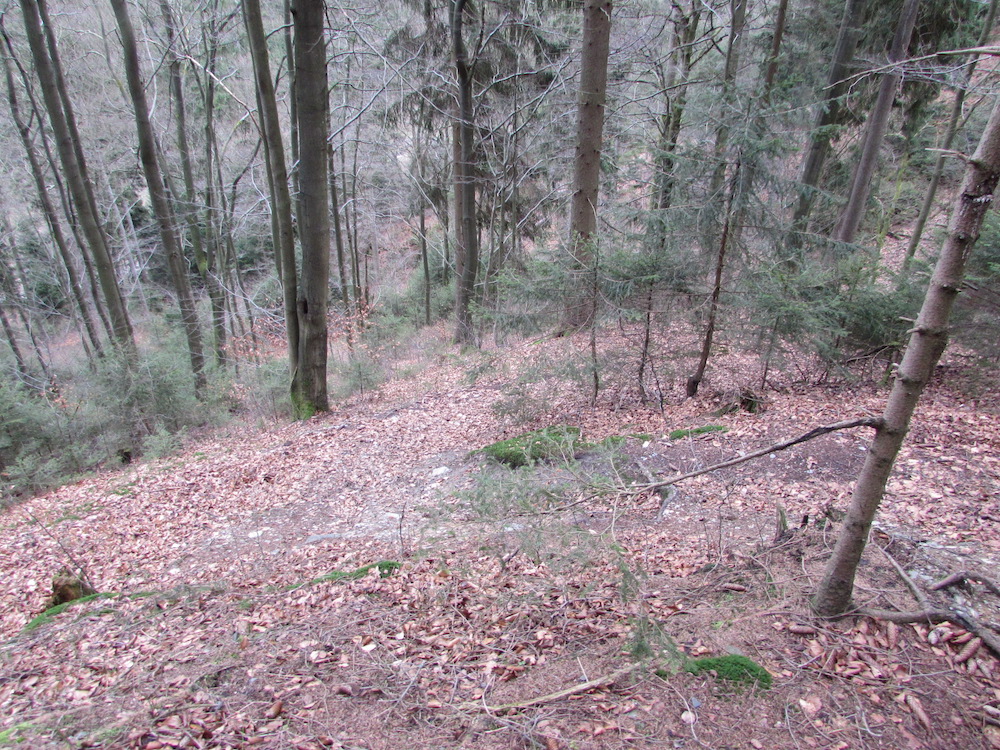
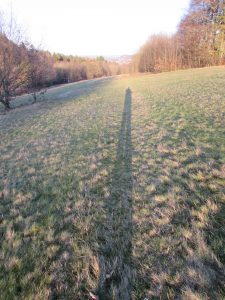
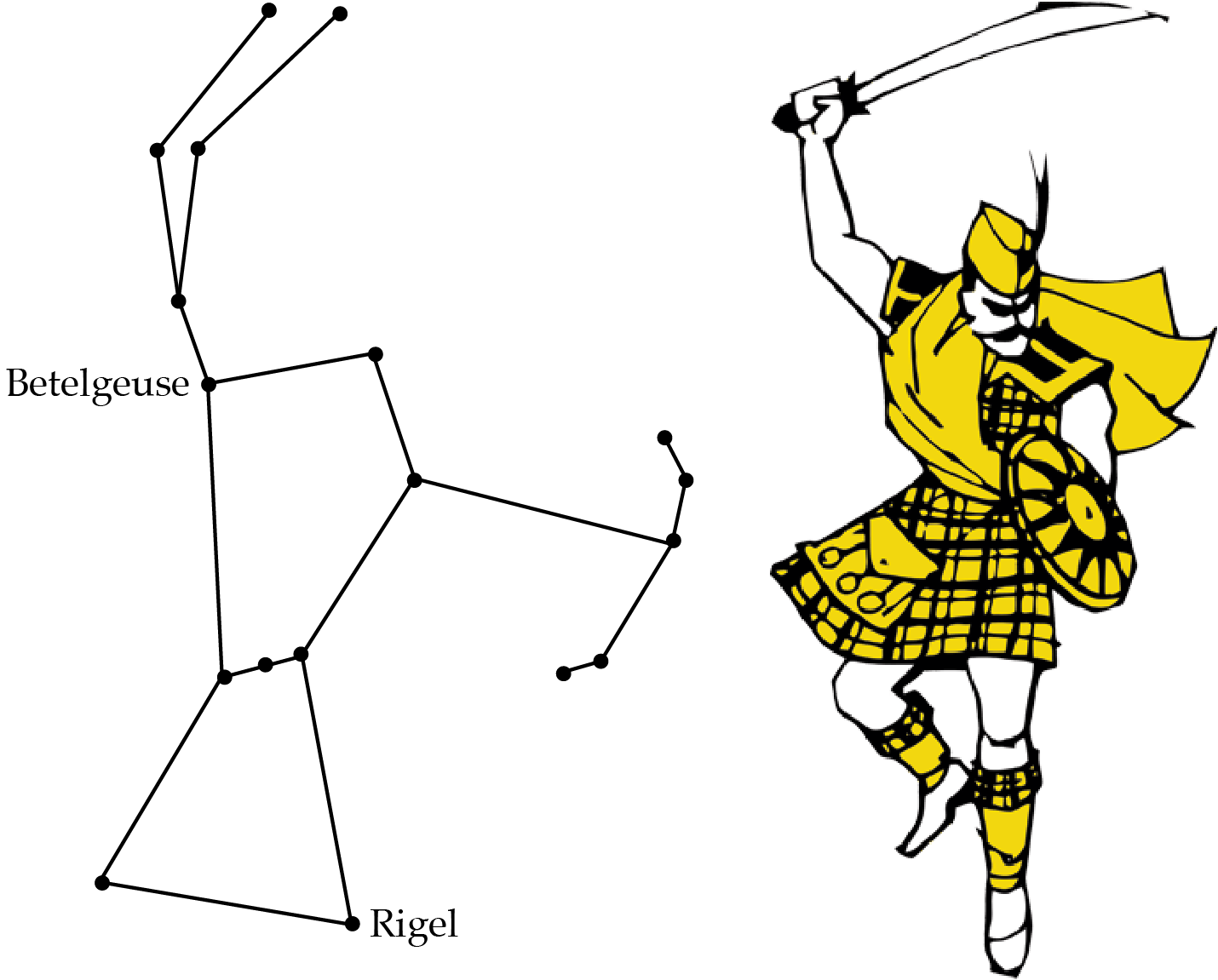
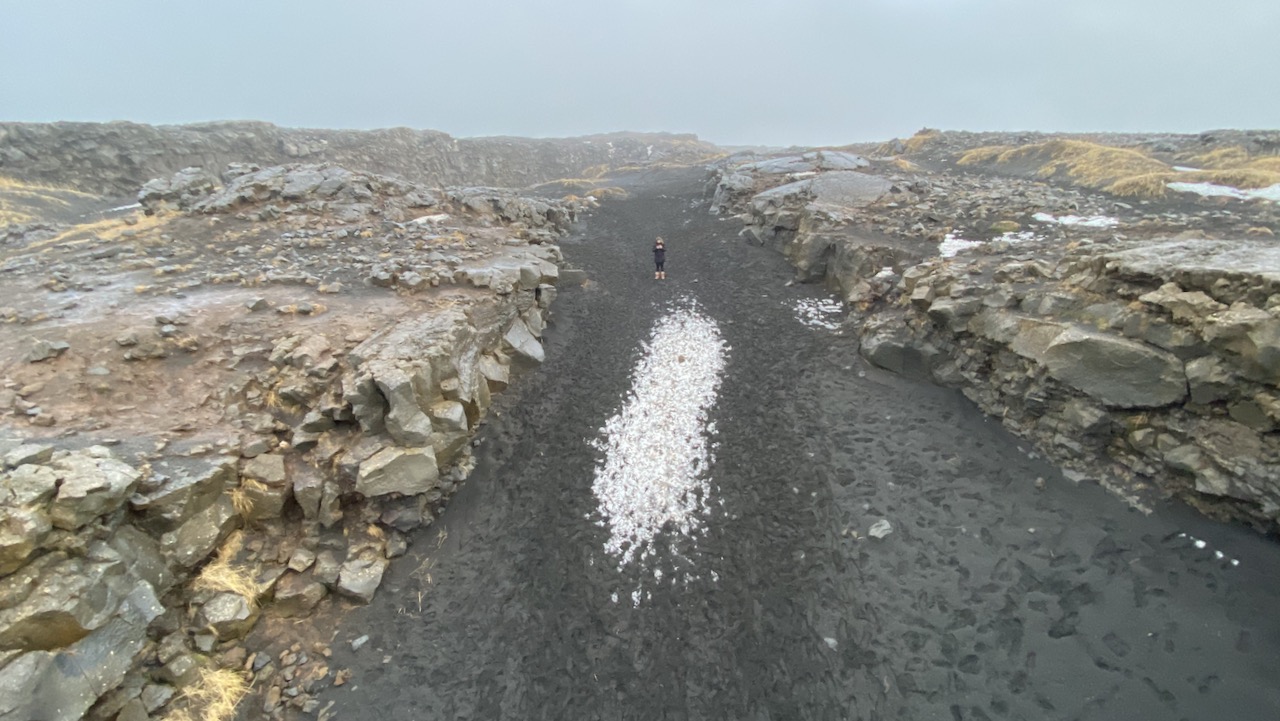
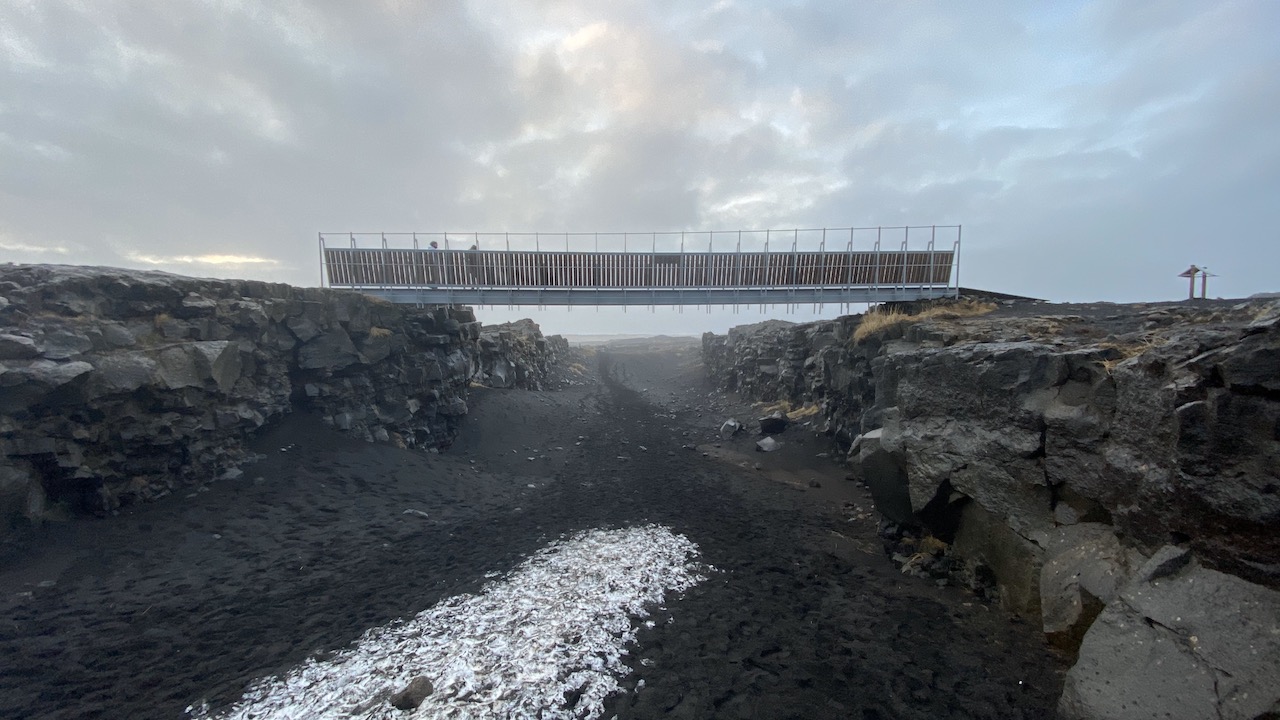

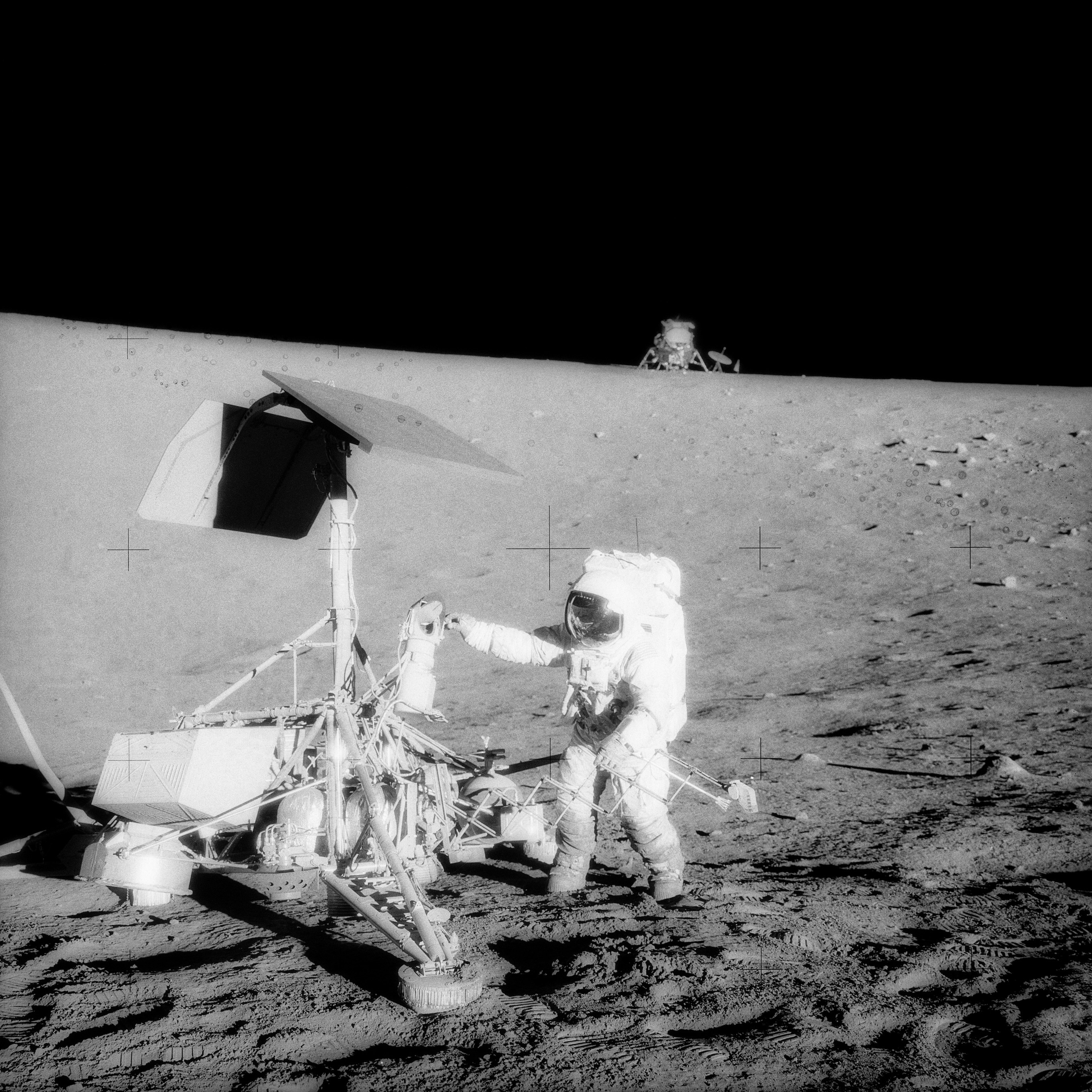
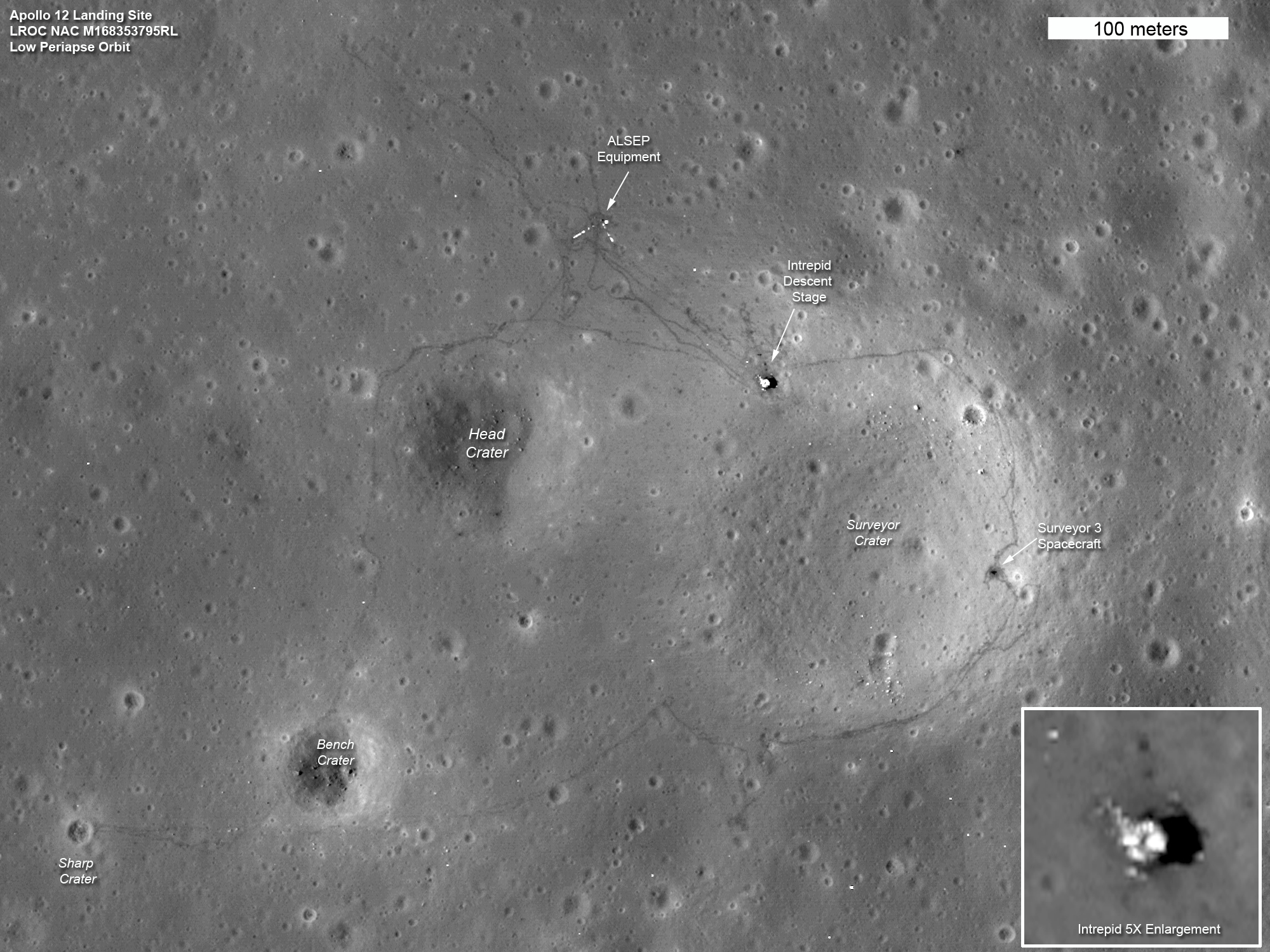
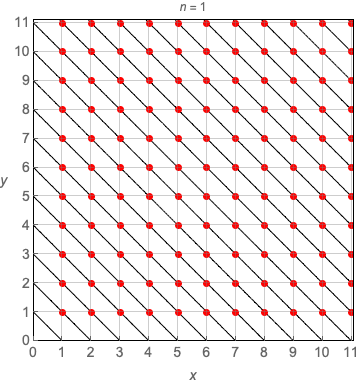
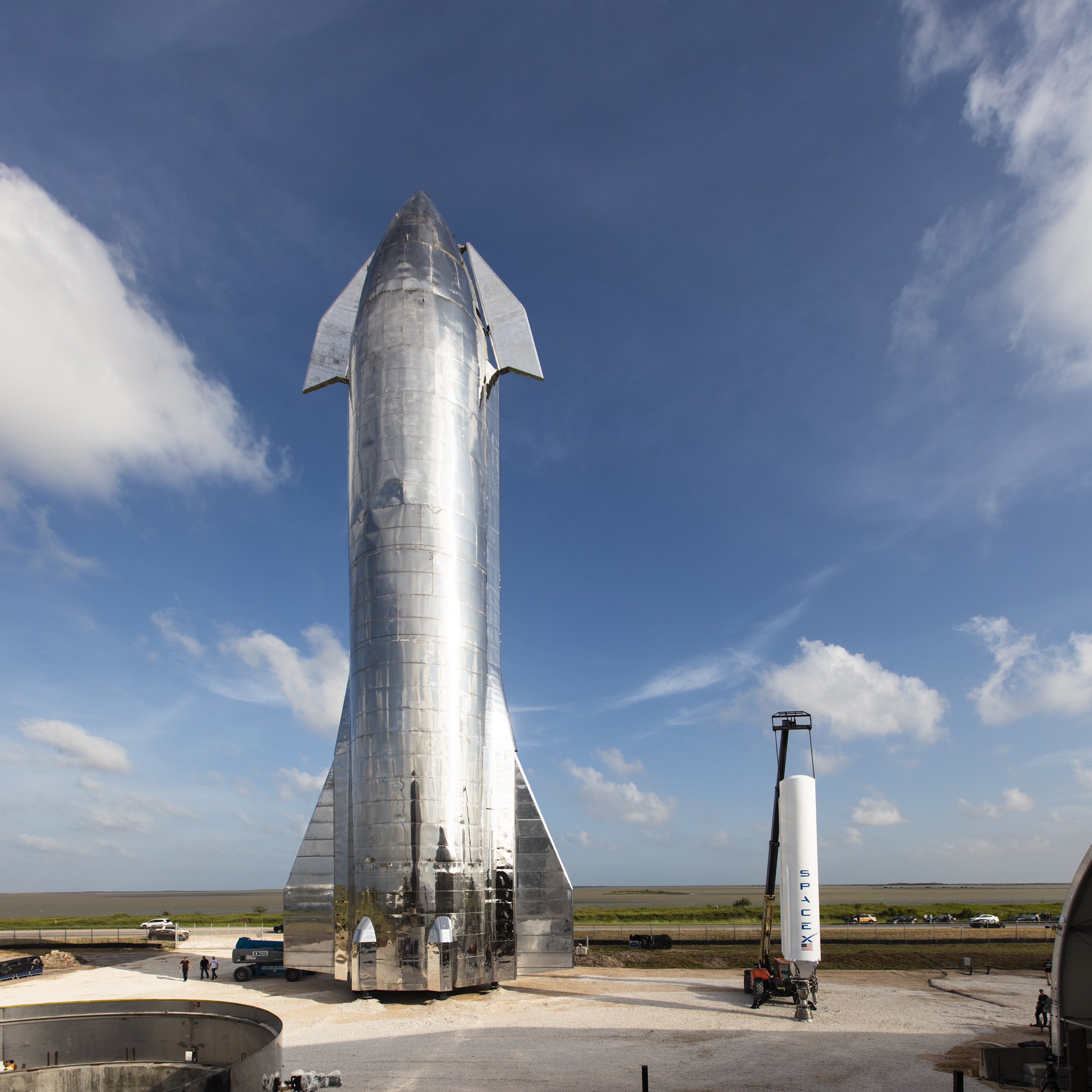
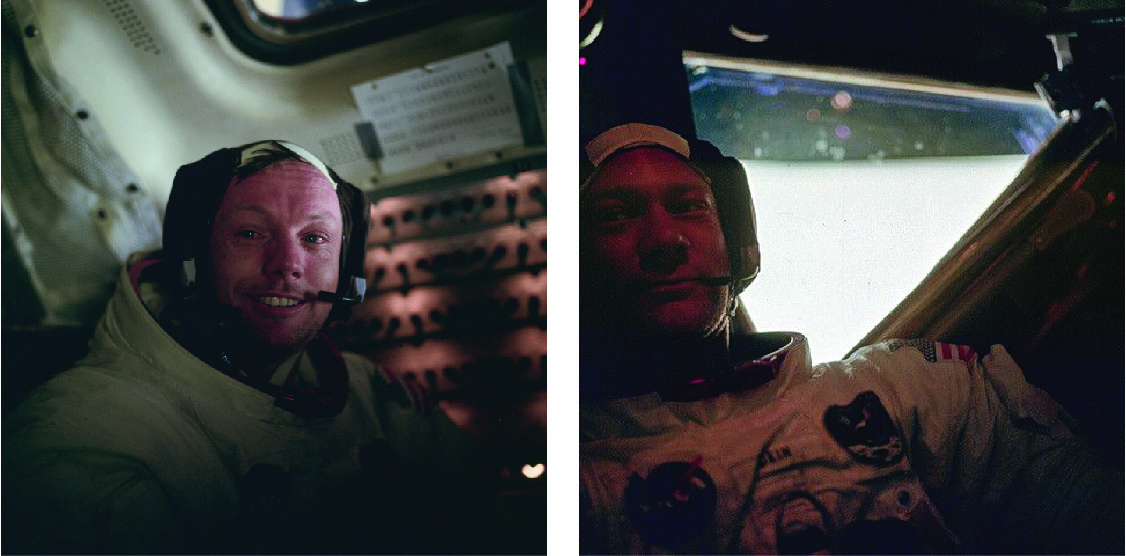

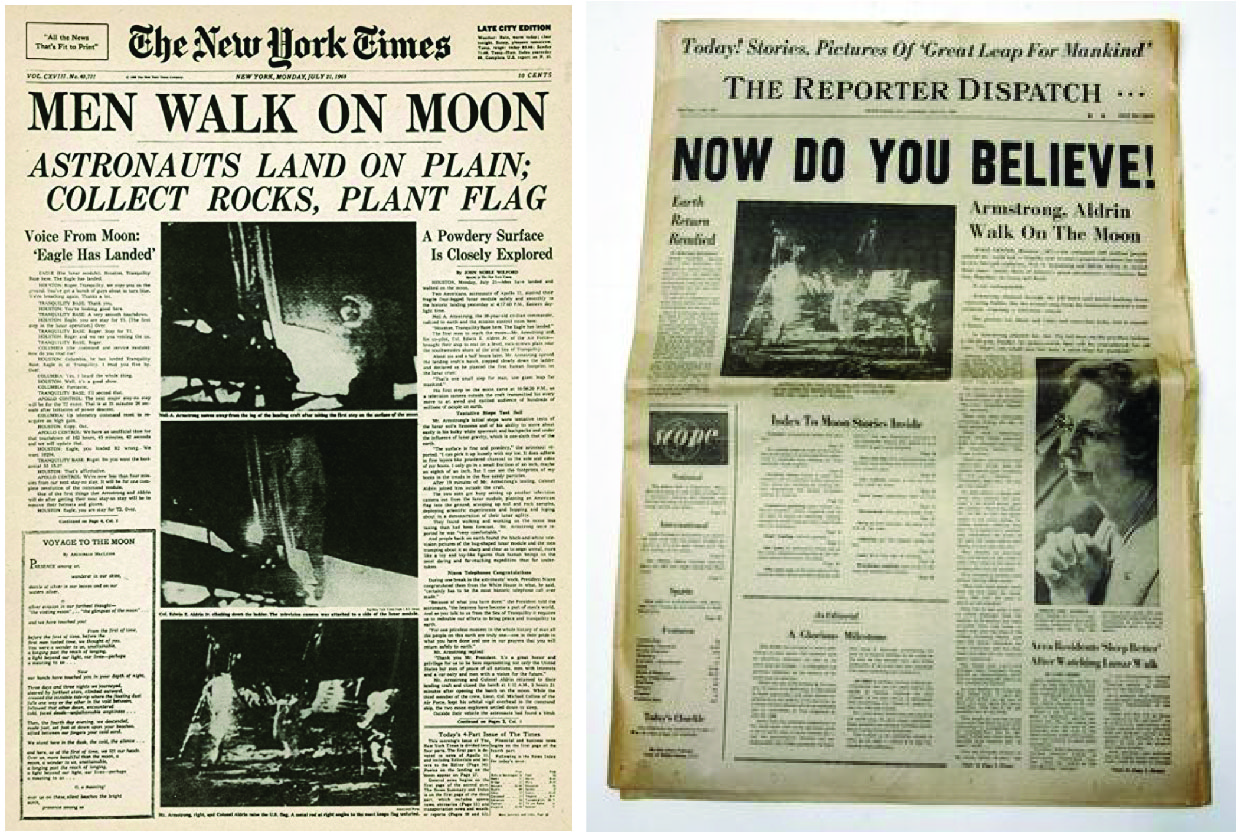
Thanks, Mark! I enjoy reading your posts as well.